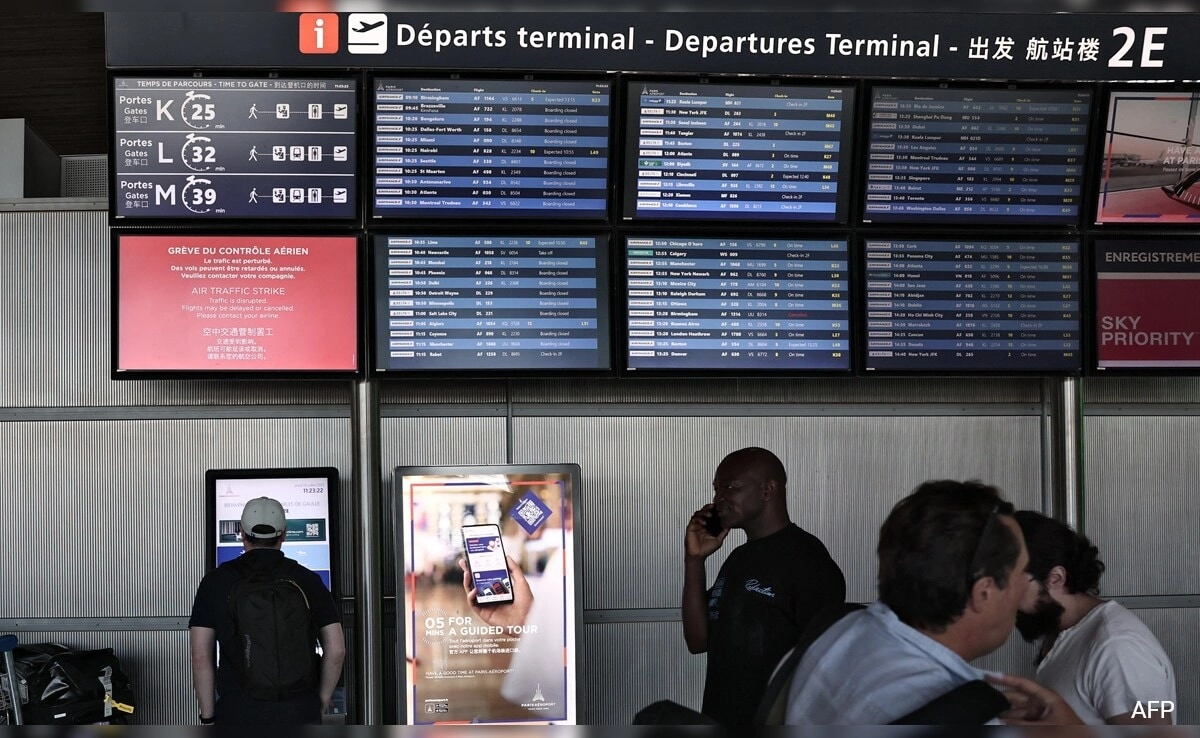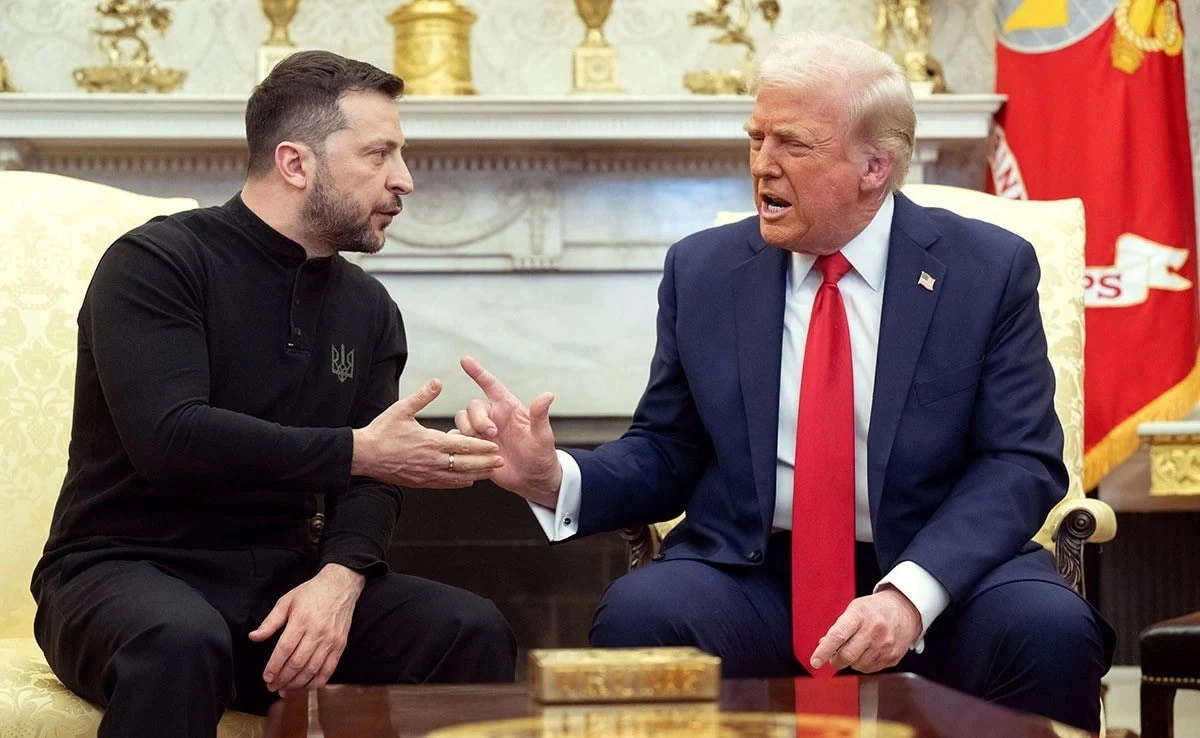The military capabilities of the Taliban and the Pakistan Armed Forces present a stark contrast, shaped by differing political contexts, resources, and strategies. The Taliban, while possessing a strong and motivated ground force, primarily relies on asymmetrical warfare tactics, leveraging their deep understanding of the local terrain and population dynamics. Since their resurgence in Afghanistan, the Taliban has demonstrated an ability to mobilize local support, utilizing guerrilla warfare, ambush tactics, and terror to undermine conventional military forces. Their fighters are often seasoned veterans, having engaged in prolonged combat, which provides them with practical experience and resilience in the face of military campaigns.
In contrast, the Pakistan Armed Forces represent a conventional military structure, equipped with advanced weaponry and a well-defined strategic framework. The Pakistan military boasts a significant number of active personnel, sophisticated air power, and substantial ground forces. Additionally, the country has invested heavily in modernizing its military capabilities, including the development of nuclear weapons, which adds a layer of deterrence against regional adversaries. The Pakistan military’s training and operational doctrines are grounded in traditional state-on-state conflict, focusing on large-scale engagements rather than the asymmetrical warfare tactics used by the Taliban.
The strategic landscape between the two forces is influenced by Pakistan’s complex relationship with Afghanistan. Historically, Pakistan has been accused of providing support to the Taliban as a means of exerting influence over Afghanistan, particularly in its efforts to counterbalance Indian interests in the region. This proxy dynamic complicates the military calculus for Pakistan, as it must navigate the dual challenge of combating terrorism while managing its affiliations with groups like the Taliban, which can serve its strategic goals. The Taliban’s resurgence post-U.S. withdrawal has reignited debates within Pakistan about the effectiveness of its military strategies and the implications for regional stability.
Ultimately, while the Taliban may possess the advantage in terms of local knowledge and guerrilla tactics, the Pakistan Armed Forces maintain a substantial edge in conventional military strength and resources. The ongoing interplay between these two forces continues to shape the security environment in South Asia, underscoring the complexities of modern warfare where traditional and unconventional tactics often collide. The future dynamics between the Taliban and Pakistan’s military will be pivotal not only for the stability of Afghanistan but also for the broader geopolitical landscape of the region.




